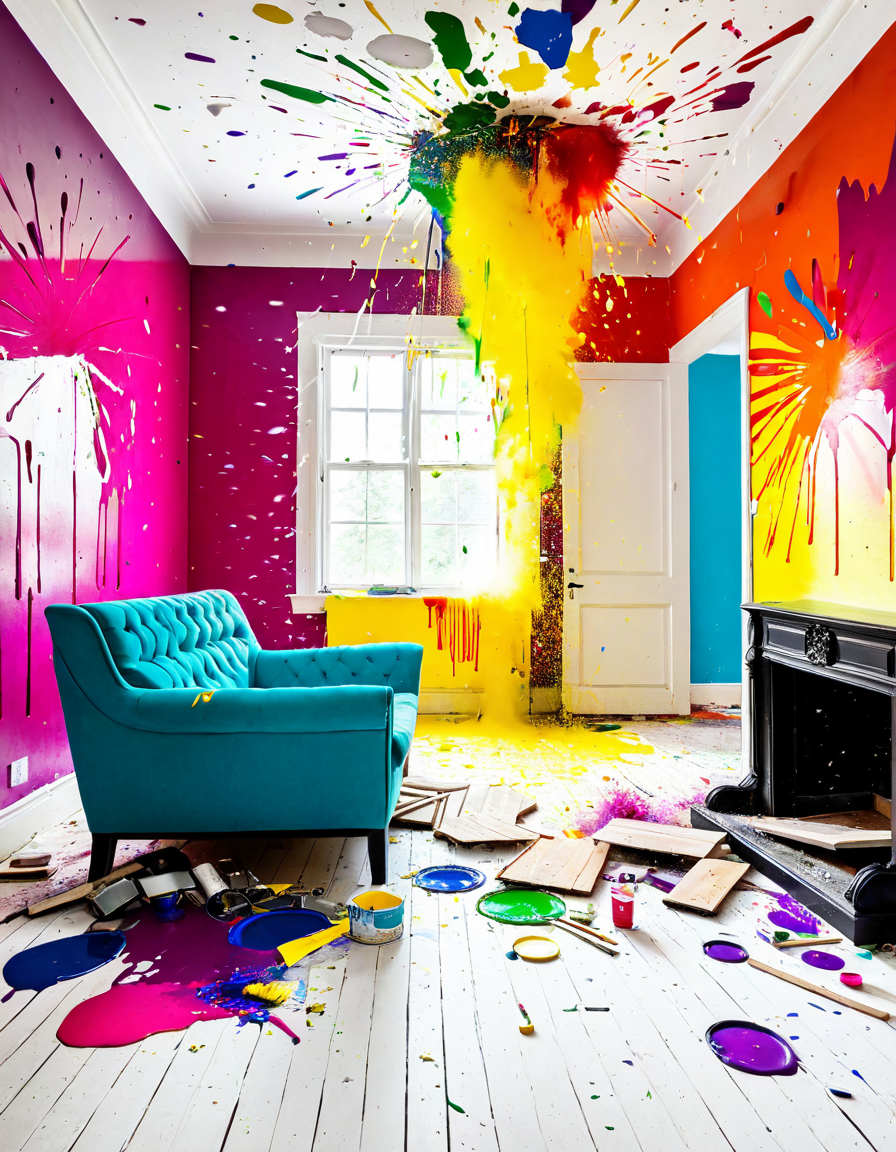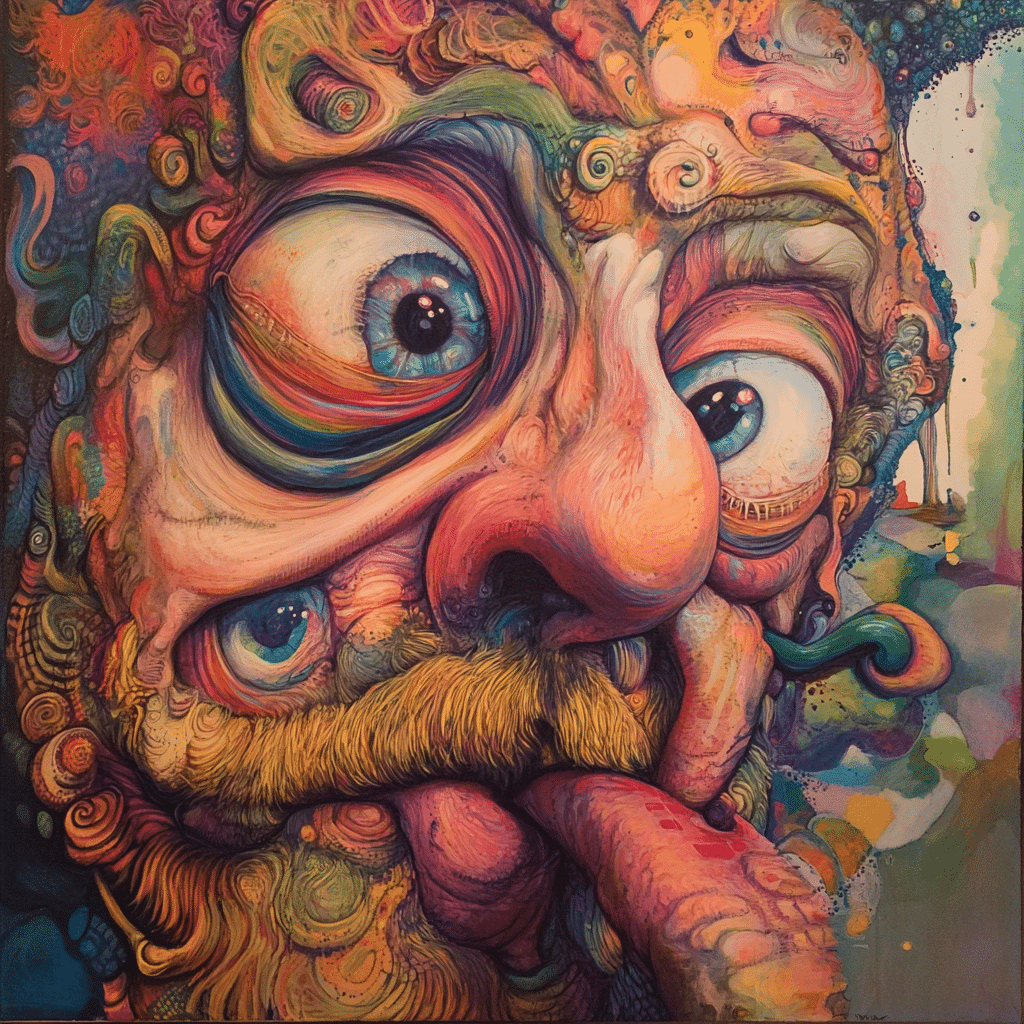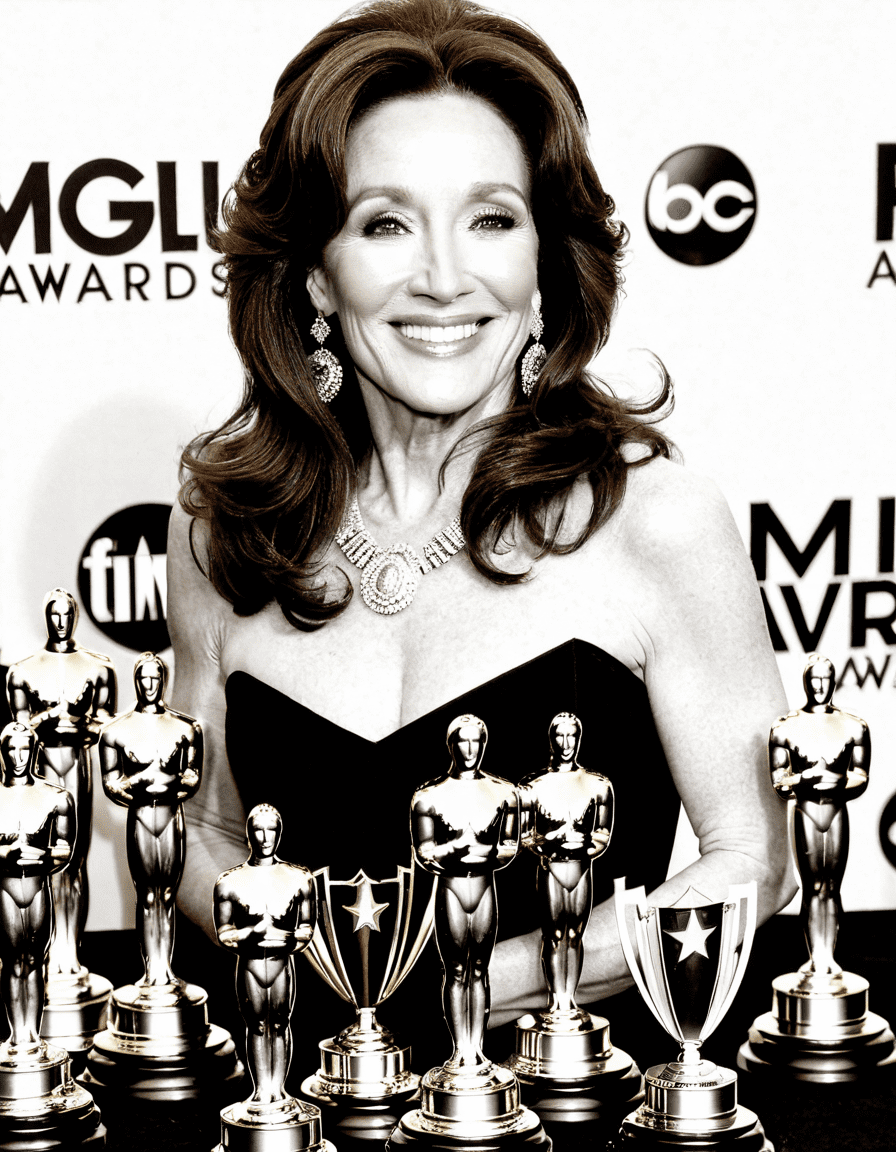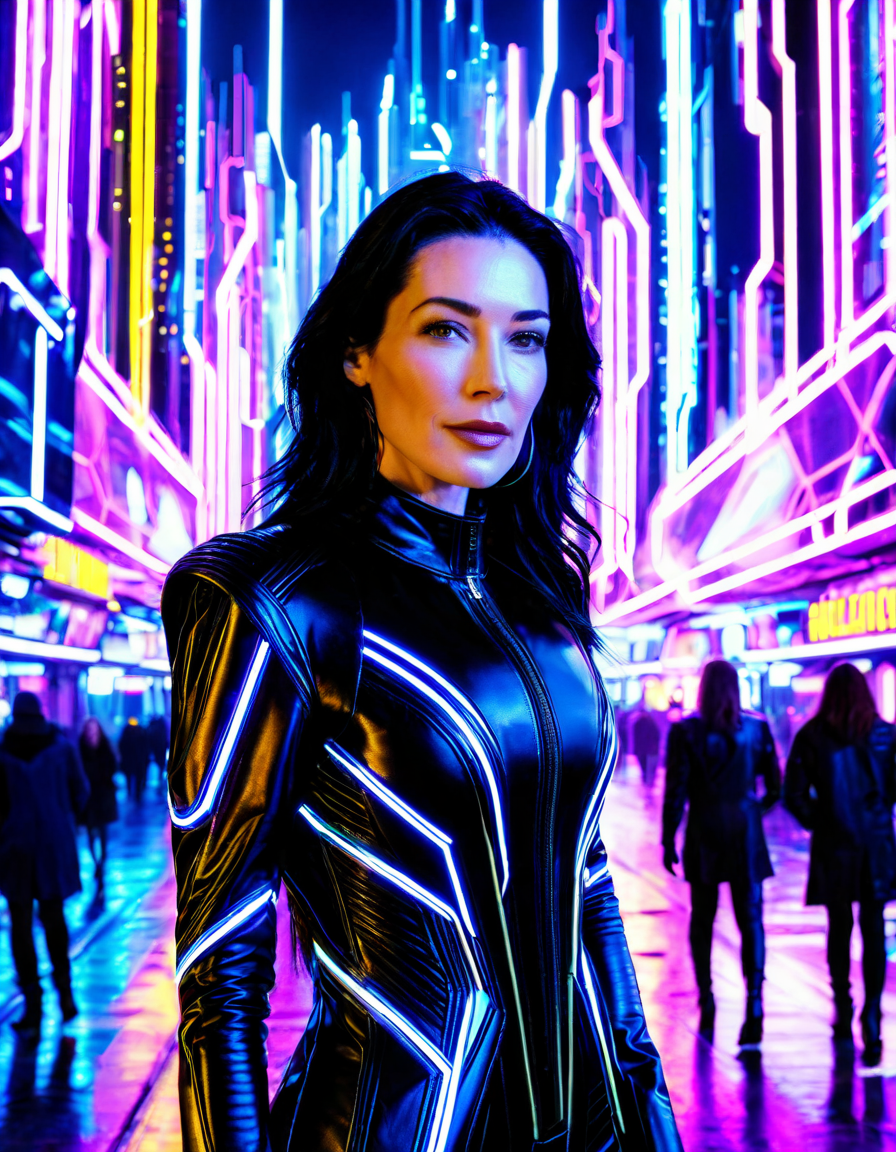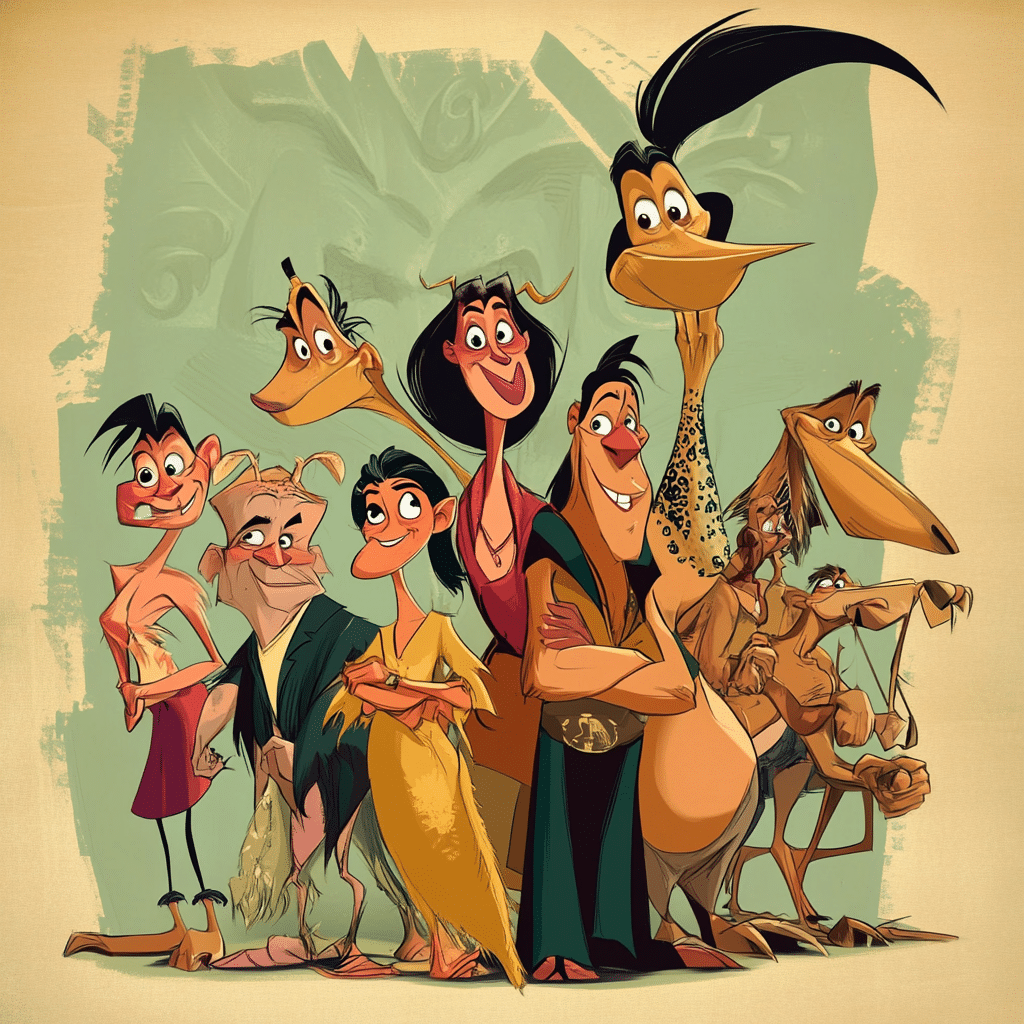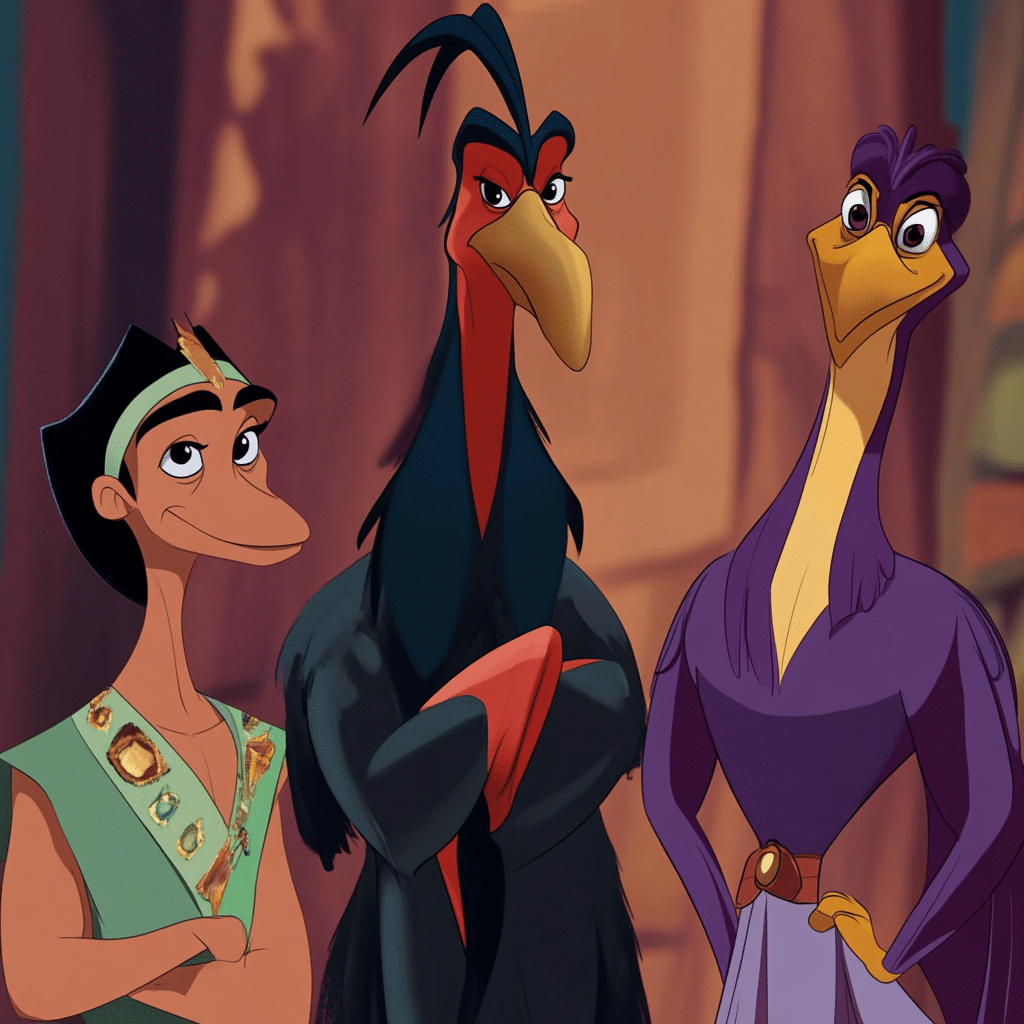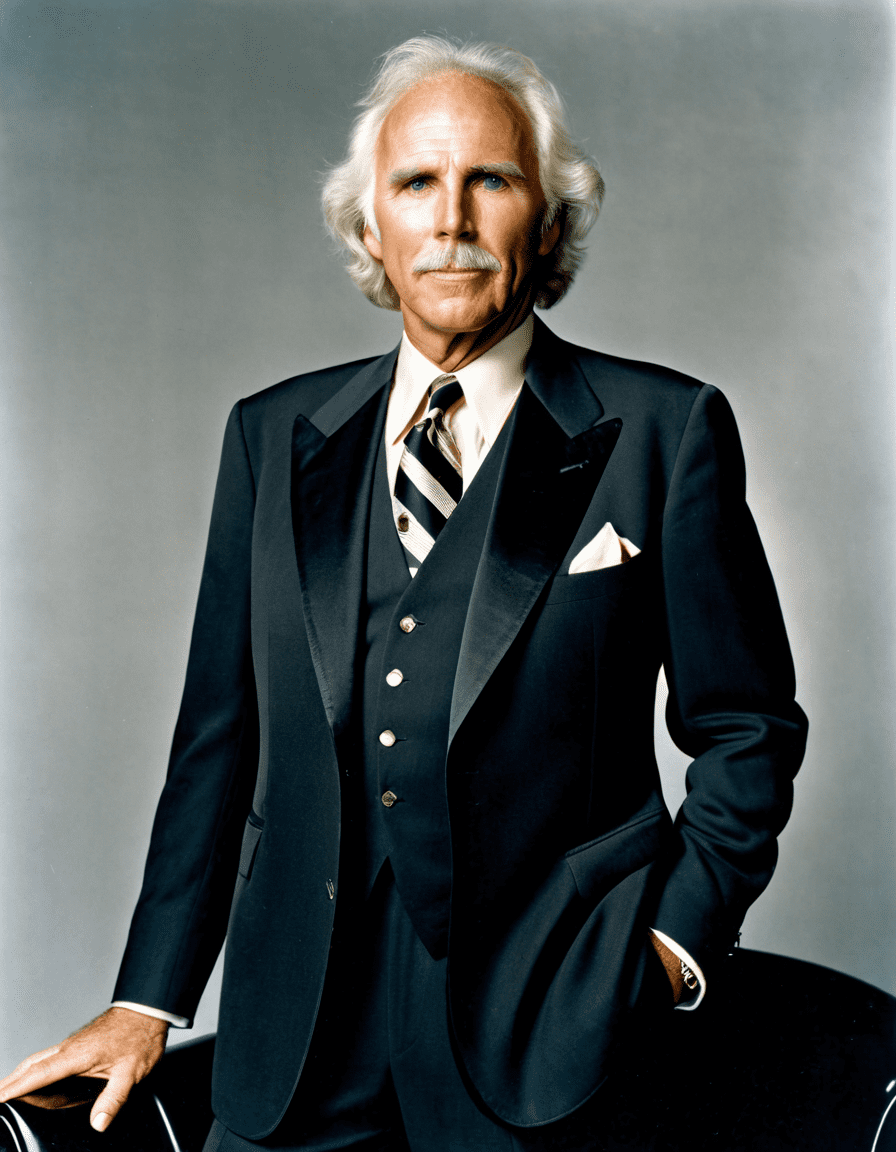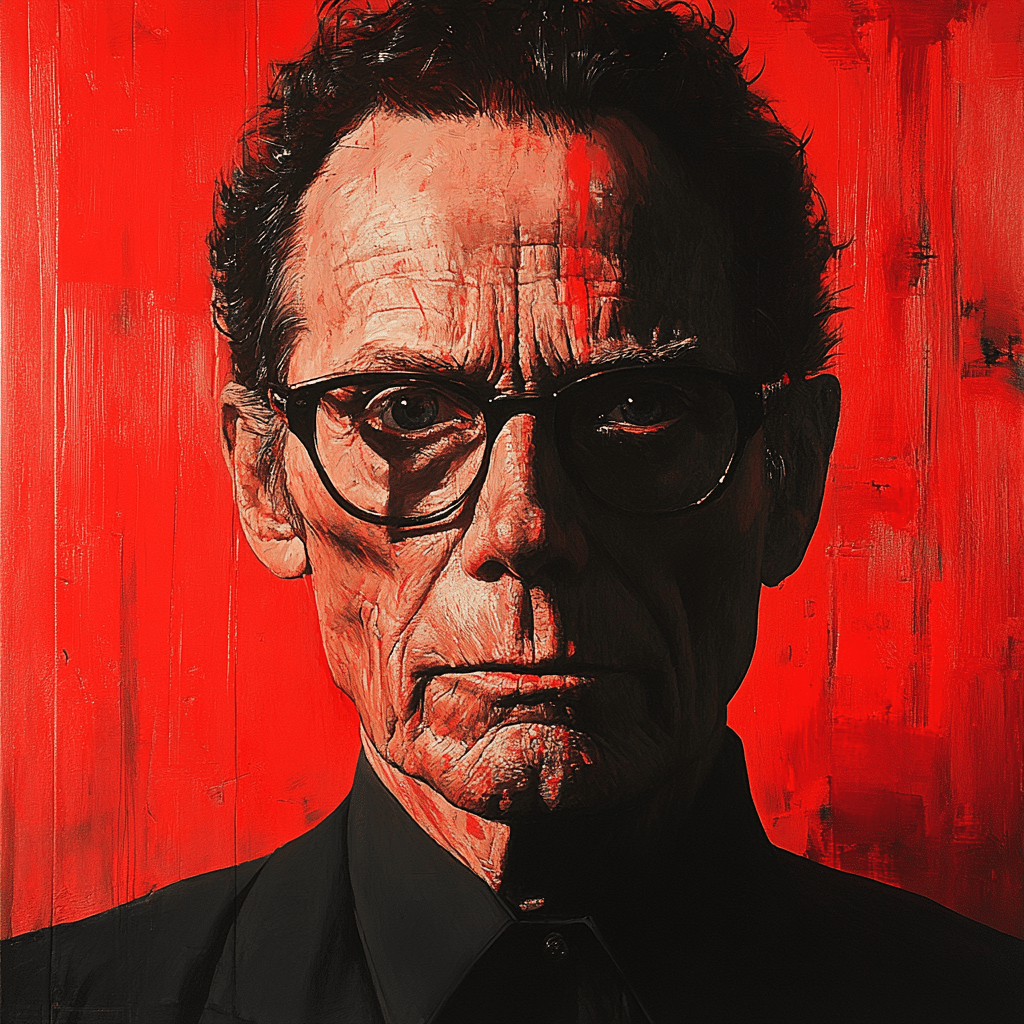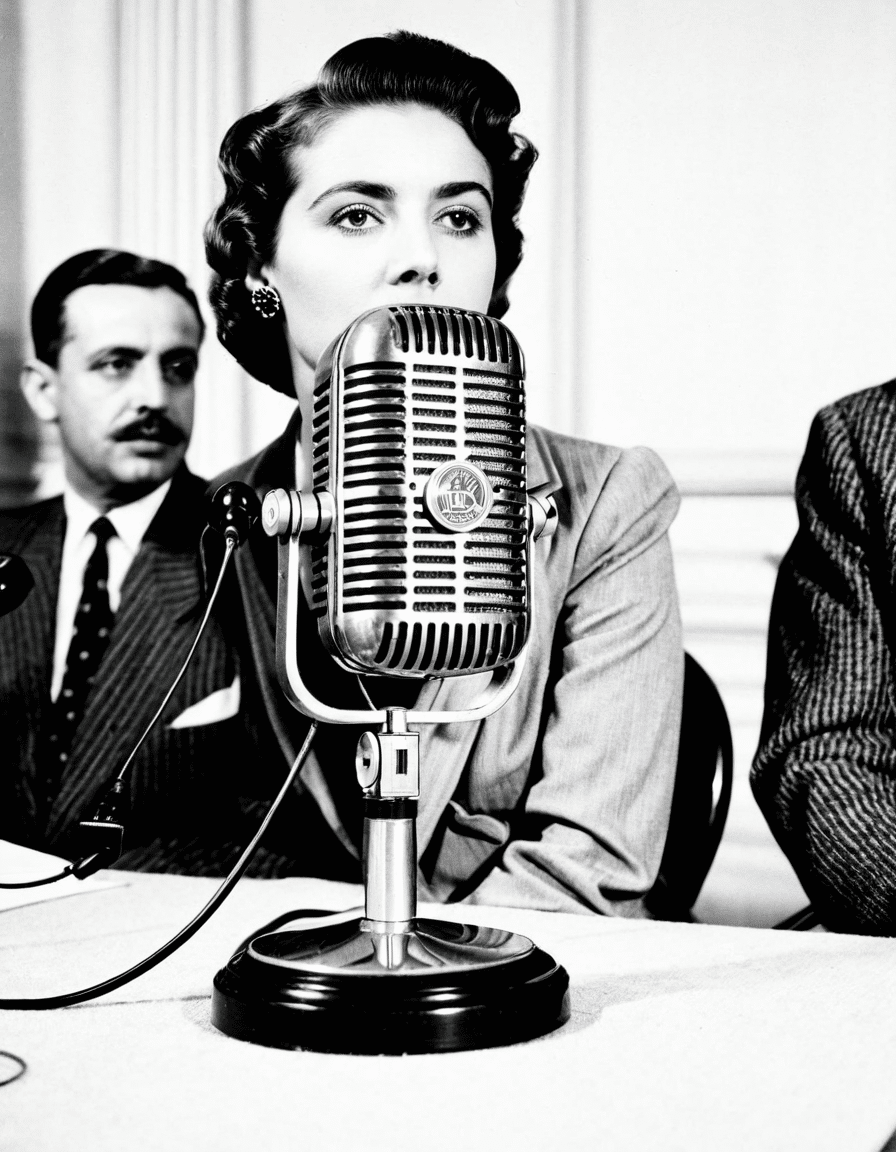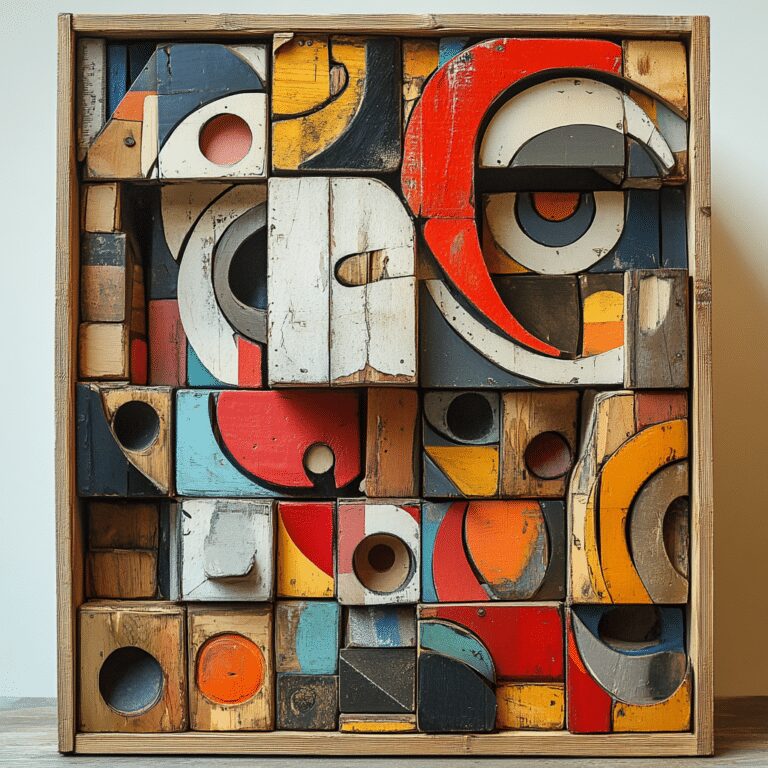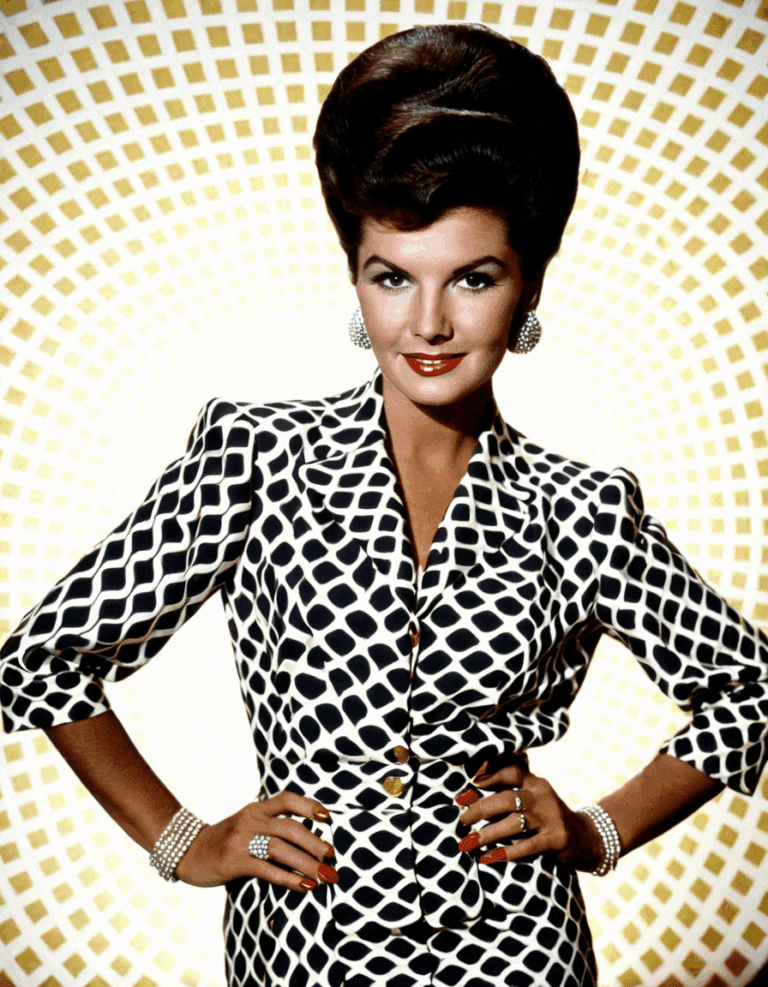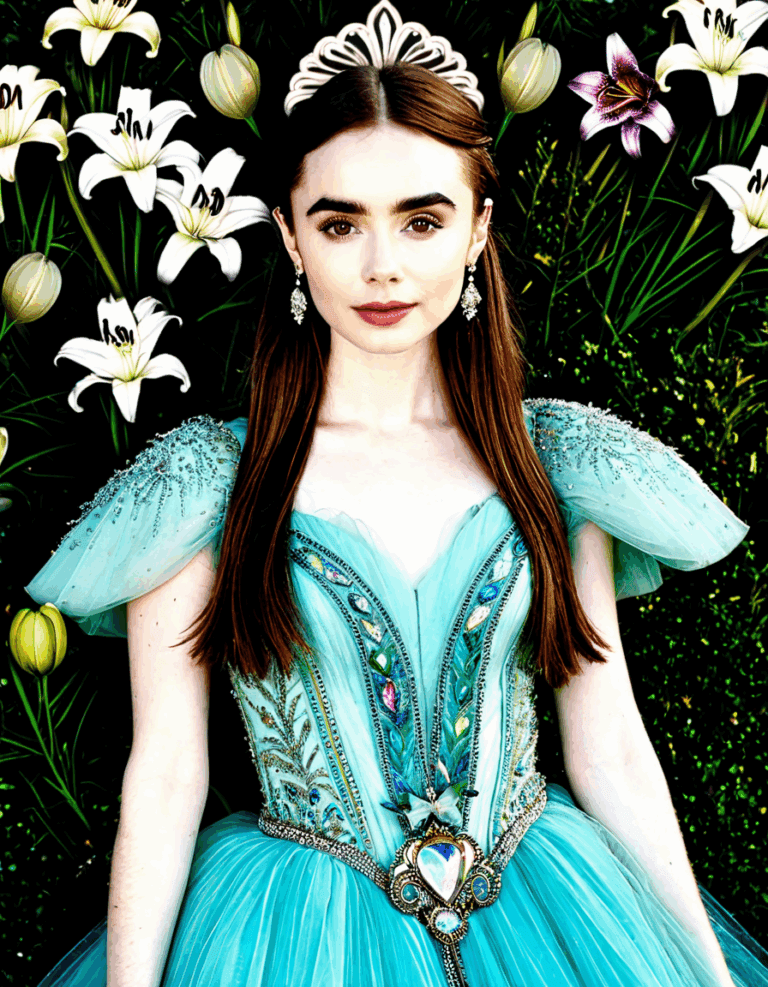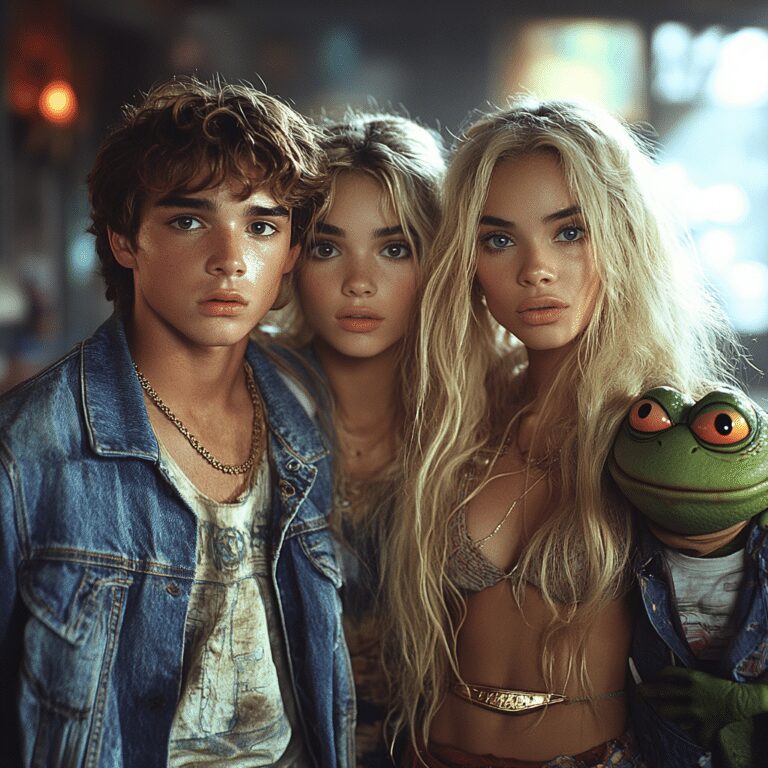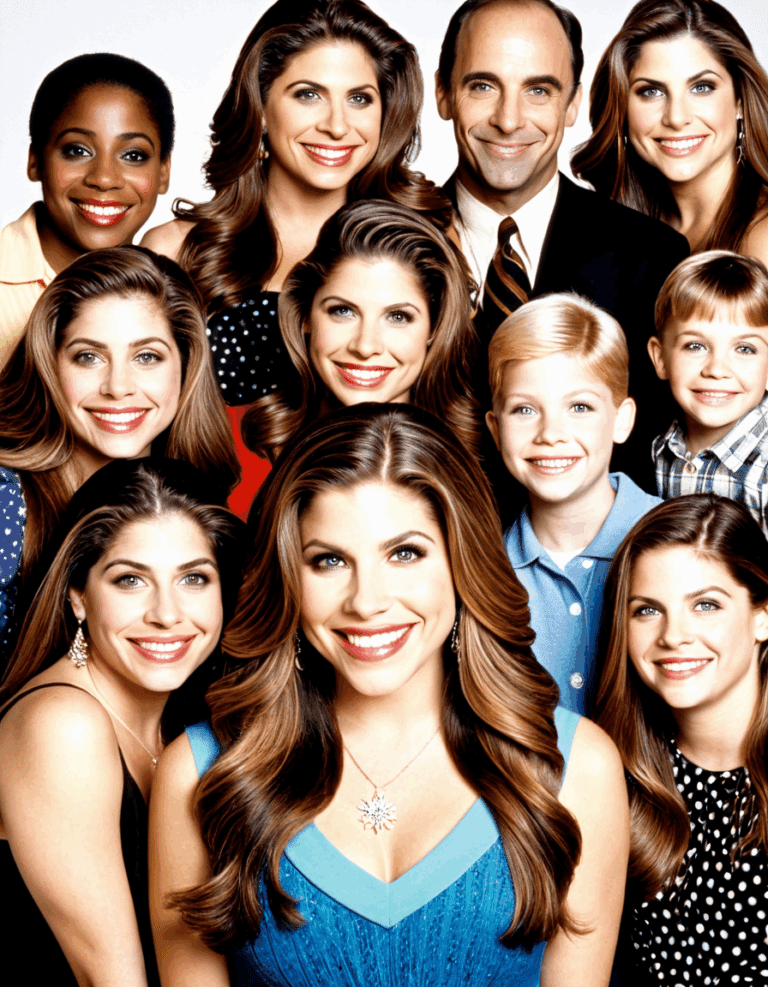As audiences continue to revisit cult classics, The Room, directed by Tommy Wiseau, remains an unrivaled example of cinematic chaos. Released in 2003, this film isn’t just any movie; it’s an experience that evokes laughter, confusion, and intrigue. In 2026, we explore how The Room has cemented its status as a masterpiece—albeit one that rests six feet under more traditional criteria of filmmaking excellence, making it a phenomenon that keeps viewers coming back for more.
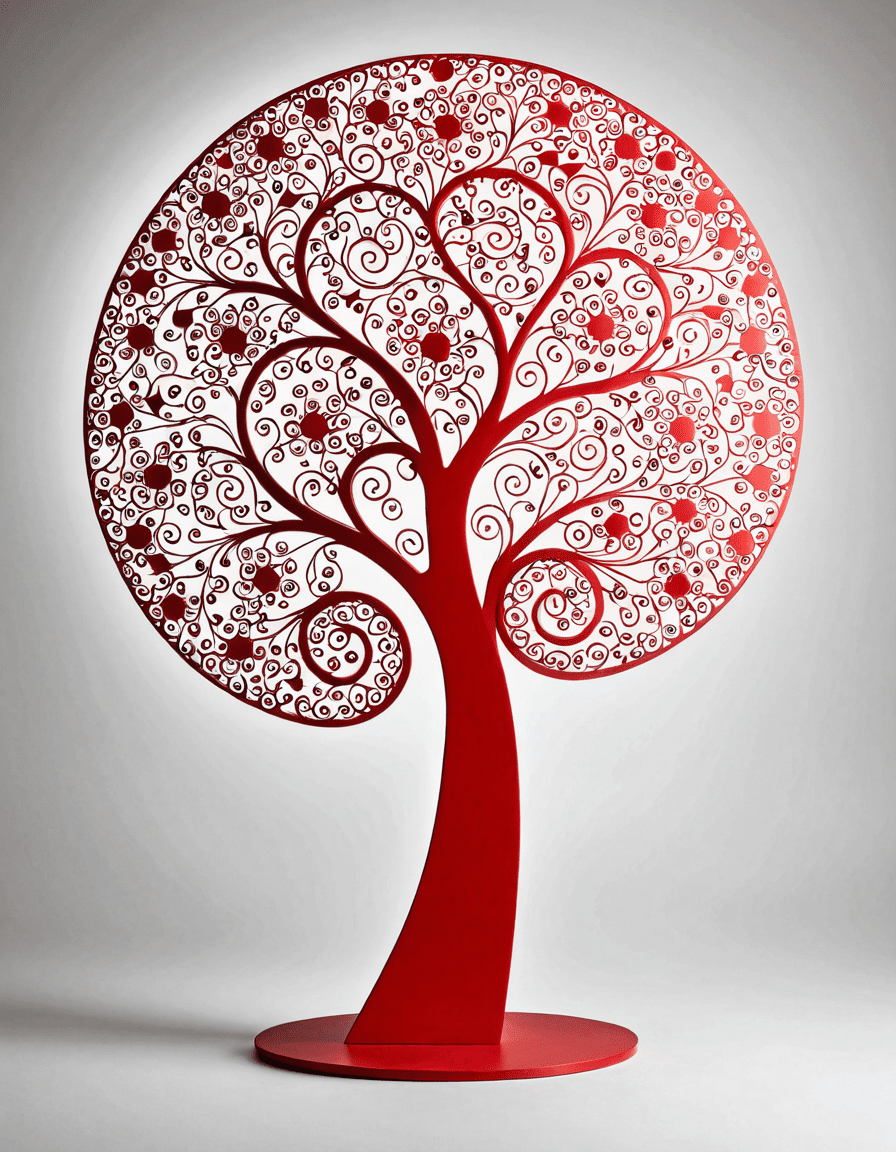
Top 7 Reasons Why The Room Is a Masterclass in Chaos
1. Unconventional Storytelling
Traditional narratives often follow structured arcs, but The Room takes the viewer on a winding road of bizarre twists and turns. The plot—centered around love, betrayal, and friendship—sometimes strays into alien territory, with unexplained subplots and character arcs left hanging like a bad haircut. This meandering story invites audiences to engage in a more visceral manner—think of it as a conversation with a friend who never follows a straight line. Viewers leave debating moments reminiscent of avant-garde films like Eraserhead, but is it a masterpiece or a mess? Who cares!
2. The Unforgettable Performances
Tommy Wiseau’s portrayal of Johnny is an immortal burst of theatrical eccentricity, with emotional shifts that will leave you scratching your head. His delivery, crammed with idiosyncrasies, rivals even the iconic Nicolas Cage—known for his wild performances. While Wiseau’s craft swings wildly between dramatic depths and comic heights, it adds to the film’s chaotic charm. Everyone may wonder why he does what he does, but hey, that unpredictability keeps us entertained.
3. Iconic Dialogue and Its Aftermath
The Room’s script is an outlandish collection of quotable lines that echo through time, with “You’re tearing me apart, Lisa!” becoming a cultural meme in its own right. This absurdity has birthed countless merchandise, where you might find T-shirts and mugs bearing the famous quote—a testament to its reach. Much like those midnight screenings of The Rocky Horror Picture Show, reciting lines in unison creates a quirky community built on shared chaos, immersing everyone in the delightful absurdity of it all.
4. The Cult Following Phenomenon
Over the years, The Room has amassed a fanbase that thrives on its flaws—think of it as a well-loved blanket with a few holes. Communities have formed, celebrating everything from trivia nights to themed events, and cementing the film’s place alongside other cult classics like Donnie Darko. Embracing its imperfections reinforces that while some films aim for high art, The Room resonates profoundly, turning collective flaws into social bonding opportunities.
5. Cinematic Techniques Gone Awry
The film’s visual style—with strained lighting, odd camera angles, and continuity errors—fuels the chaotic narrative in ways that could win awards for unintentional humor. The erratic choices show how audiovisual elements shape audience reactions, unsurprisingly sparking laughter rather than terror. While David Lynch’s Mulholland Drive employs disorientation to heighten psychological experiences, Wiseau’s choices—deliberate or not—forge a unique aesthetic that pulls viewers back into the madness time and time again.
6. The Influence of Social Media on Cultural Relevance
In today’s social media-driven world, The Room is finding new life. Platforms like TikTok and Twitter have given rise to countless clips showcasing Wiseau’s unforgettable antics, and those pivotal scenes keep going viral. This surge in popularity invites younger audiences to experience the absurdity through a modern lens, showcasing how cult classics can connect generations while shouting at them to laugh in unison at the funny bizarreness.
7. A Case Study in Determination
Wiseau’s journey from obscurity to cult sensation is an inspiring case of self-made success. His relentless promotion of The Room—from personal investments to viral marketing—casts a spotlight on determination that shatters typical Hollywood narratives. This story showcases how anyone can chase their dreams, no matter how chaotic or nonsensical, proving there’s no single way to make a mark in the film industry.
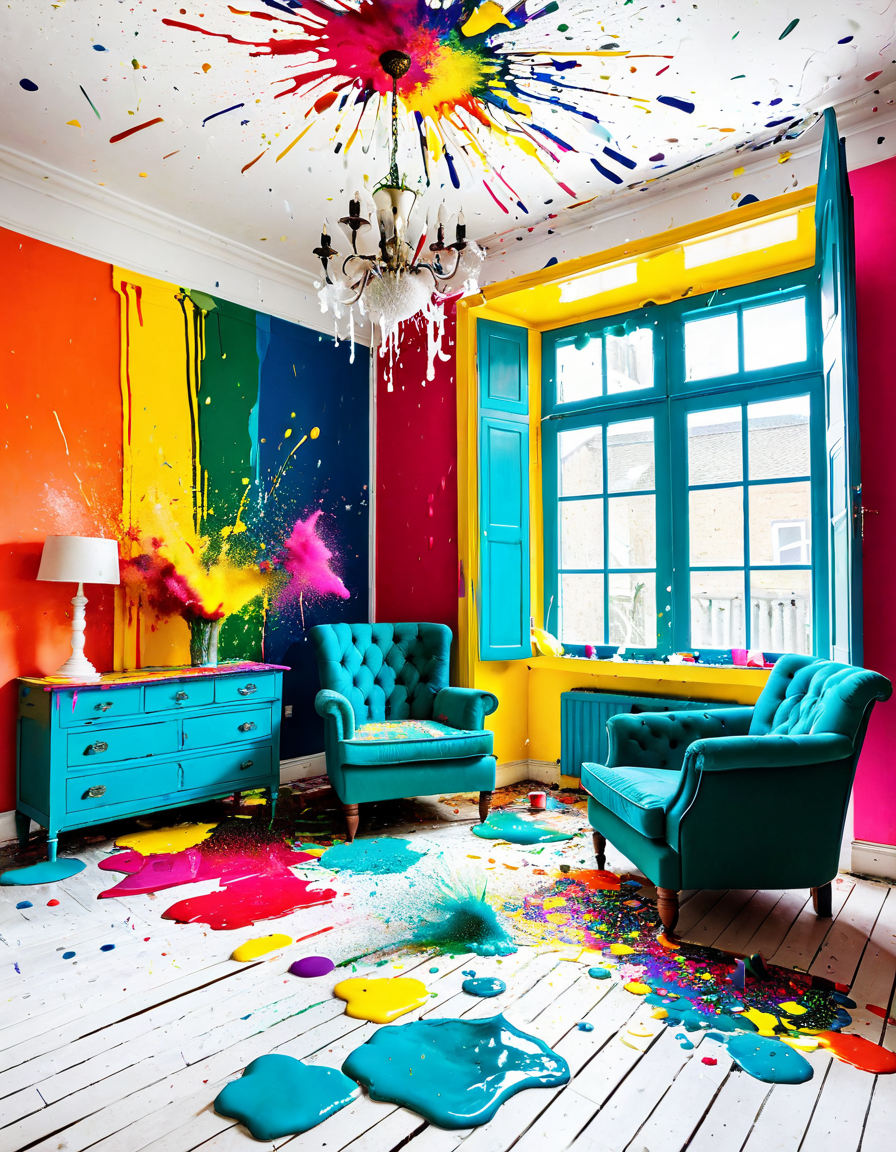
The Legacy of Chaos
The Room stands tall as an example of how cinematic chaos fosters community and deep engagement, even when it lies six feet under conventional filmmaking standards. It permeates pop culture and social conversation, reinforcing that art can celebrate imperfection and invite audiences to find beauty in the bizarre. In our ever-shifting cinematic landscape of 2026, The Room will likely continue to thrive—not for its artistry, but for its unparalleled ability to unite people in shared laughter and bewilderment. So the next time you hear someone say “Oh hi, Mark,” remember, it’s more than just a catchphrase; it’s a call to join the chaos!
The Room: A Cinematic Masterpiece of Chaos
The Curious Origins of The Room
Originally conceived in 2003, The Room was the brainchild of Tommy Wiseau, who wrote, directed, produced, and starred in this infamous movie. What’s even more fascinating is that Wiseau apparently funded the film through a combination of mysterious financial sources—including his own work in real estate and unknown investments. Often labeled as “so bad, it’s good,” The Room has developed a cult following. This has led to midnight screenings worldwide, where audiences gather for live performances and interactive experiences, echoing the buzz around events like South Korea halloween, where craziness and fan engagement reach new heights.
The Cast of Characters
The ensemble cast of The Room is just as intriguing as the film’s plot—or lack thereof. Notably, Greg Sestero, who plays Mark, went on to write a memoir titled The Disaster Artist, detailing the behind-the-scenes hijinks and absurdities faced during filming. Fans might also be surprised to know there are connections between varied industries; for instance, the unexpected crossover between The Room and rising stars like Kenzie Reeves, who’s making waves in the adult film industry.
In addition, the film features the charmingly stoic Lisa, portrayed by Juliette Danielle, who has since embraced her role in cinema history and is often spotted at conventions. Meanwhile, keep an eye out for the lesser-known Doc Shaw, who famously appeared in a 2010 episode of The Room: The Musical—a hilarious twist on the craziness! The film’s absurd dialogue and baffling plot points have even inspired parodies and tributes, hinting at the far-reaching impact this chaotic creation has had on pop culture.
Trivia Tidbits and Fun Facts
For those who think they know everything about The Room, here are some intriguing pieces of trivia: Did you know that Tommy Wiseau’s real age remains a mystery? Many believe he could be in his 60s, but he famously dodges questions about it. Furthermore, the film was shot in just over a month, yet it’s packed with more melodrama and awkward sex scenes than you can shake a stick at—which reminds us of some less-than-serious flicks featuring stars like Dillion Harper and Anthony Robles.
Intriguingly, The Room has even garnered its own “Golden Raspberries,” but they’re nowhere near as prestigious as other accolades given to box office hits. This often leads fans to joke about the film’s status alongside Master of Puppets lyrics, where absurdity reigns strong. So, the next time you’re sitting down for a viewing party, remember: you aren’t just watching a film; you’re diving headfirst into a true treasure of cinematic chaos!
